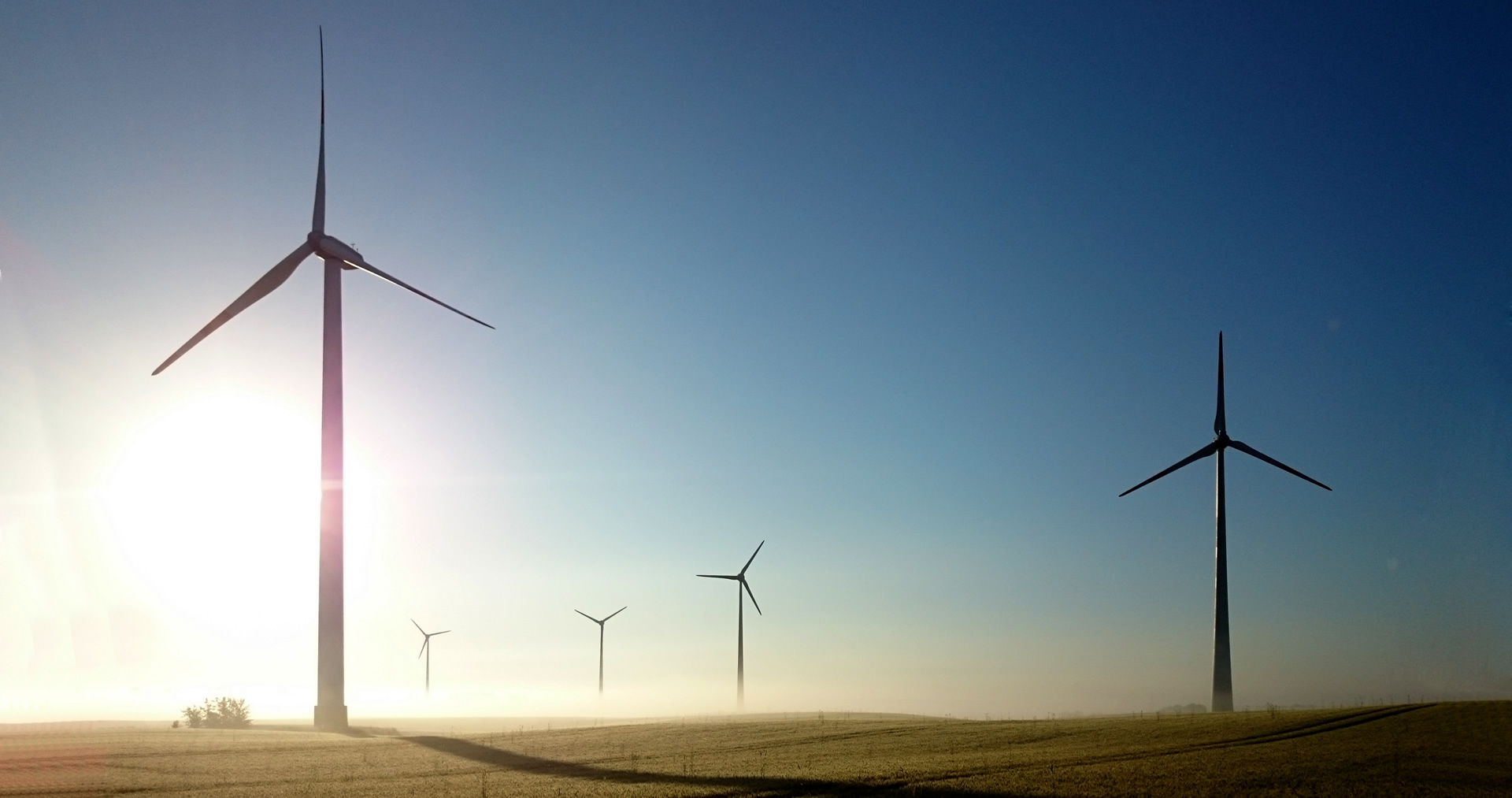Creation of wind power plant: from design to construction
The design and construction of wind power plant is an important sector for Proel, because it is aimed at individuals, companies, industries and public bodies, who want to take advantage of the economic benefits of energy efficiency.
Proel Engineering operates in the field of renewable energy dealing with both design and construction of wind power plants.
Proel is able to guarantee the highest efficiency of the wind power plant, ensuring adequate performance thanks to accurate interventions in the field of civil, electrical and mechanical engineering
The method used by Proel in the analysis, design and implementation of wind power plant
The performance of a wind power plant depends on many factors. The wind has specific characteristics depending on the location and the morphology of the ground (intensity, constancy and wind direction are crucial factors) and because it is the fulcrum of a plant (the wind is exploited to produce mechanical energy that is subsequently converted into electricity) it is useful to carefully study the characteristics of the site.
What is very important is, in fact, to verify the estimate of the annual windiness, the direction of the winds and their constancy. Only through careful analysis it is possible to set the project at its best to obtain the maximum performance from the environmental conditions.
The choice of components is an additional key element, which allows to improve the performance of a plant: wind turbines suitable to withstand critical environmental conditions, wind turbines capable of generating energy optimally, technologically advanced control systems and highly efficient safety devices are some of the distinctive elements of a highly performing and safe plant.
Activities planned for the construction of a wind power plant
The services of Proel include professional activities that ensure the construction of a wind farm in accordance with:
- project management
- cost control
- construction and installation of electrical substations
- installation of electromechanical equipment
- installation of control equipment and data communication
- installation of sorting cabins
- underground cable ducts
- realization of foundation plinths, assembly pitches and traffic
- testing of electrical and civil works
- seeking economic incentives and financial benefits
- management of bureaucratic aspects and documentation
- planning and location of the plant
- construction management
- Site and project management
- Installation and commissioning of systems
- choice of materials (generators, blades, rotors or turbines, nacelles, towers, cabins, electrical panels, structures).
- testing of the systems .
- plant certification
- plant maintenance.
Composition of wind power plant
Each wind power plant is distinguished by specific characteristics, which may include the construction of multiple interconnected systems:
- Wind power plants (according to power size: micro wind, mini wind, large wind)
- Wind farms (on-shore e off-shore)
- Electric cabins
- Video surveillance and control systems.
Advantages of a wind power plant and fields of application
Building a wind power plant ensures all the benefits of using wind energy in environmental and economic terms. From mini wind to large offshore parks, this technology is driving the spread of environmentally friendly energy around the world, proving indispensable for building a less polluted future.
Among the main advantages is therefore evident that the energy produced is the result of a renewable energy source (the wind is a 100% renewable and unlimited energy source), to this advantage is also added the low environmental sign (the turbines can be installed far from the inhabited areas and even in the middle of the sea, and in the case of urban spaces the occupation is rather contained and in any case less than the photovoltaic).
The complete absence of harmful emissions also ensures the absence of pollution against water, soil and air, thanks to the adoption of technologies now reliable and mature, as well as versatile.
One of the main advantages, however, concerns the possibility of fully integrating a wind plant system with other systems: wind turbines can for example be integrated with other technologies in the field of energy from renewable sources, such as solar energy photovoltaic panels and geothermal systems. The combination of different systems allows to solve the typical critical issues, such as electricity production in winter and on overcast days.
Thanks to the reduced operating and maintenance costs, wind systems guarantee high standards of reliability, with important benefits in reducing operating costs, further improving the return on investment for individuals, companies and public administration.
In fact, plants can be linked to self-production and self-consumption of electricity to reduce the costs of purchasing energy from the electricity grid.
In addition to taking advantage of self-consumption systems, wind power plant can be used as batteries, and therefore as real generators of energy resources to be sold on the market or to be transferred to other company headquarters.
The continuous demand for electricity by companies has developed in many enterprises the need to review their supply methods, and also invest in the resale of energy (through the installation of wind farms and large plants), sometimes changing their business model and making choices oriented towards sustainable energy.
How to build a wind power plant: initial analysis
The services of Proel related to the realization and construction of wind power plants allow us to offer a preliminary analysis to evaluate the possibility of building a complete wind power plant. The projects are aimed at individuals and companies who want to invest in energy efficiency through the construction of a wind power plant.
The expertise of Proel in the field of energy from renewable sources allows it to identify the most suitable spaces and places, assess the environmental impact, intercept funds and funding, ensure compliance with current rules, identify the most suitable infrastructure and components and guide the client until the final realization of the wind project.





